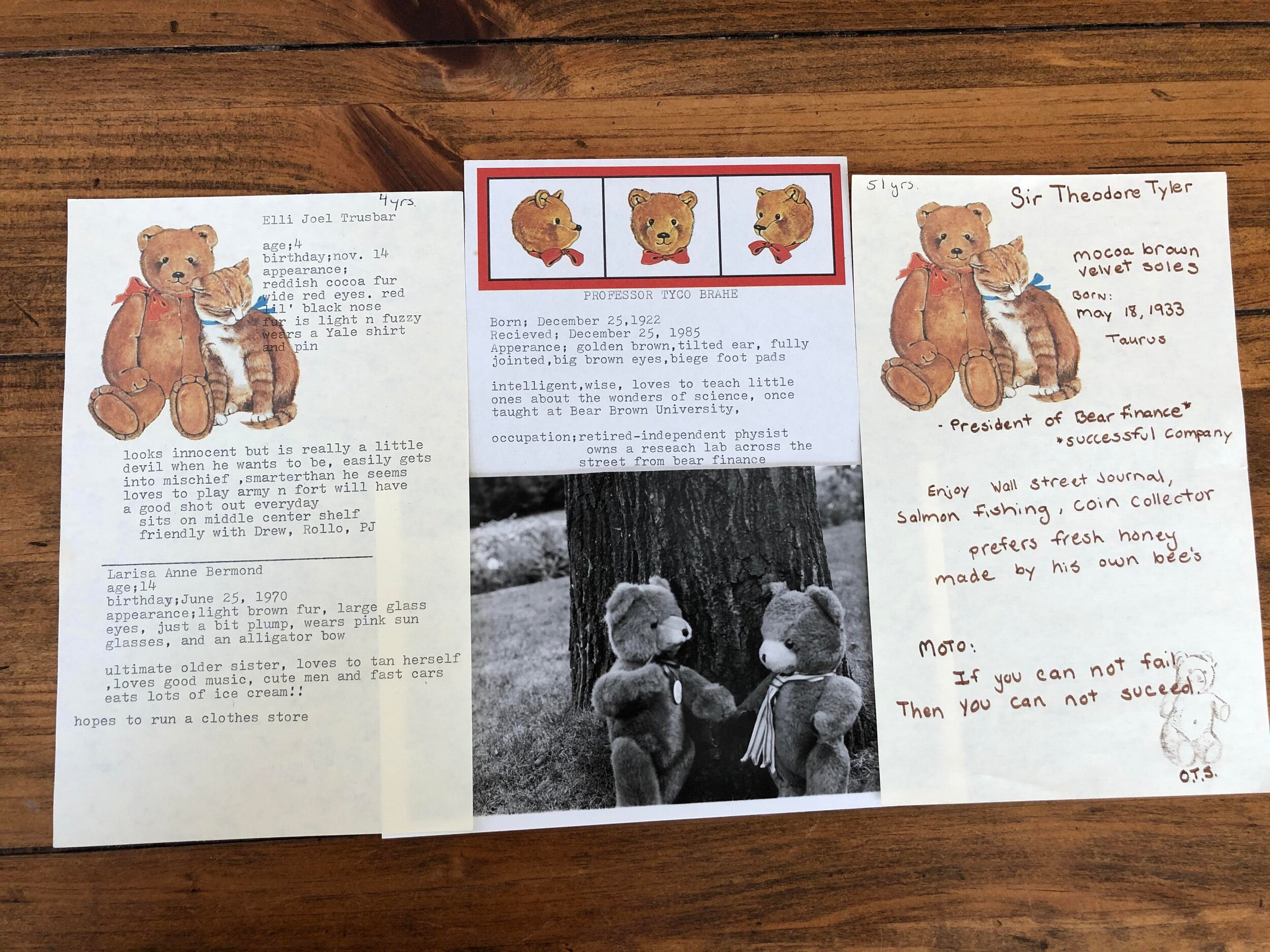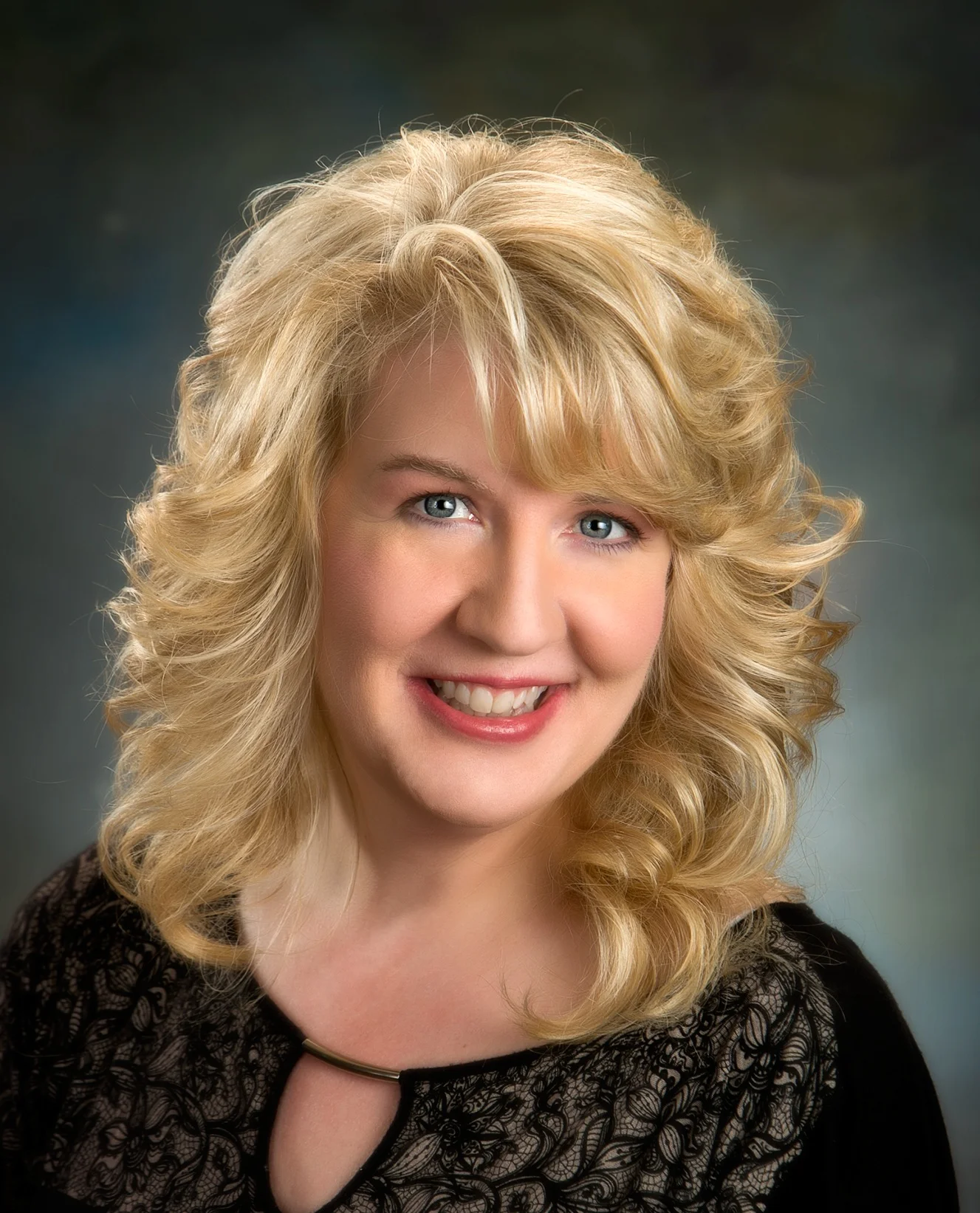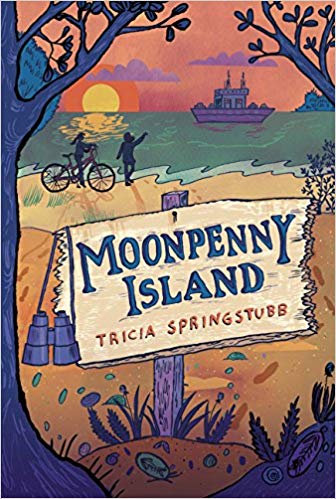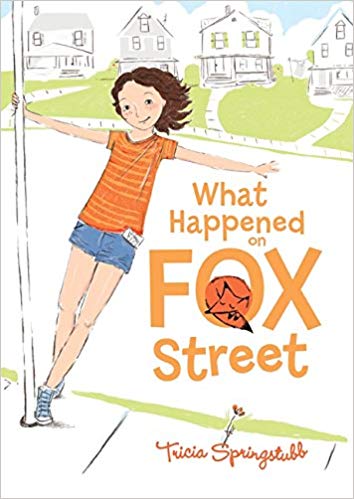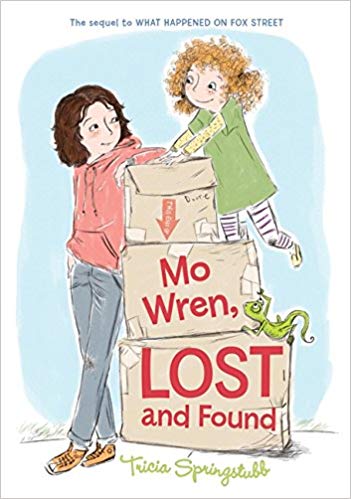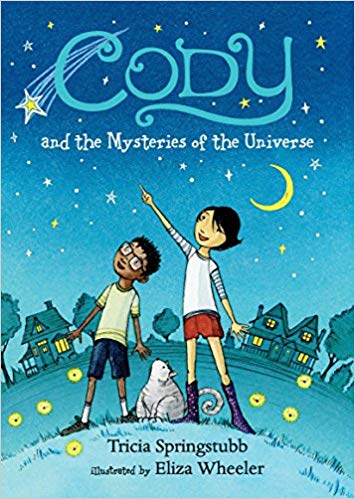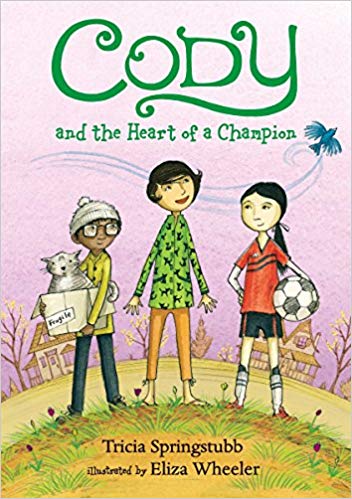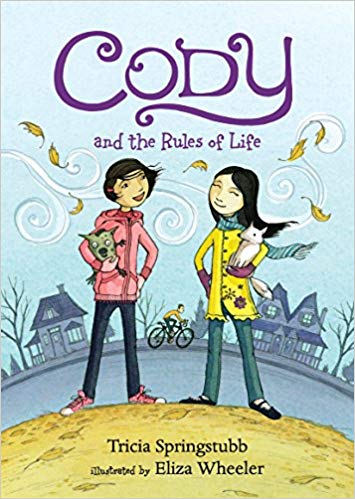Happy Thursday Critters! Is anyone else wondering how it’s Thursday already?! These days I find that I have no idea what day it is for most of the week— and then suddenly it’s Thursday and time to post Critter Lit’s interview with another fabulous writer and/or illustrator! Today, I’m thrilled to be interviewing the lovely and talented Gabi Snyder, whose debut book, TWO DOGS ON A TRIKE, illustrated by Robin Rosenthal, just came out at the end of May. I love this picture book so much— it’s fun and hilarious with fantastic art! A winning combination.
So without further ado, please welcome Gabi Snyder!
Where do you live?
I currently live in Corvallis, Oregon. We moved here 7 years ago from Austin, Texas. But moving to Corvallis was a kind of homecoming because I grew up in the Pacific Northwest and attended college at UW in Seattle.
When did you know you wanted to write picture books?
In the early aughts, I studied English-Creative Writing at The University of Texas, with a focus on writing fiction for adults. Afterwards, I took a variety of jobs that involved writing. But I didn’t discover that I wanted to write picture books until I became immersed in reading them daily with my two littles. Seeing how the words and pictures work together to tell the story, I fell in love with this art form. I think I wrote my first picture book draft in early 2014.
Tell us about your road to publication, what did that involve for you?
Once I started writing picture books, I (foolishly?) started submitting to agents and editors right away. From 2014 to 2017, I received over 100 passes from agents and editors. But thrown in the mix were some champagne rejections and a few requests to see more work. Finally, in 2018, I found my agent, the fabulous Natalie Lakosil of Bradford Literary. I had sent Natalie three of my picture book manuscripts. When I received an offer from a small press for one of those manuscripts, I “nudged” the handful of agents who were reading my work at that time. Natalie responded that same day, requesting that we set up a time to chat. I had the impression that she’d already been considering me as a potential client and my “nudge” may’ve just moved things along. Since I signed with Natalie, we’ve sold two picture books.
Can you share a bit about your process?
One big piece of my process as a writer involves reading. Though I rarely get to read picture books to my kids (now 10 and 12) these days, I still read piles of them to myself. As I’m reading through picture books, I’m tuning in to which books move or surprise me, which books I want to read again and again. Seeing which books resonate with me helps inform the type of books that I want to write.
I like to start each writing session with a “free write” to clear away the cobwebs and to capture anything that’s worrying me or that I want to remember. After that, I try to stick to a schedule. I block out a certain amount of time for working on picture book manuscripts. And then, time permitting, I have blocks for revising my middle grade manuscript, writing critiques, etc. I try to work some exercise into the schedule, too.
In terms of my process for working on a particular picture book manuscript, I like to let my drafts “marinate.” So, after drafting a new story, I generally set it aside for several days or even weeks. If, after marination, I still think it’s worth pursuing, I revise. Usually after a marination period, I’ll have new ideas for tackling problems I’m having with the manuscript. After a few more revision/marination cycles, if I still like the story, I send it to a critique group for feedback. They usually see issues I hadn’t even considered. A story might go through a few more revision cycles after critiques before I deem it ready for my agent. And sometimes I realize a story just isn’t working and end up setting it aside for several more weeks, months, or even years.
What do you do to shake the rust off or get new ideas?
I find that my writing “flows” better if I take a walk before or between writing sessions! In fact, I love to take my notebook and pen with me on long walks. I’ve worked through thorny plot problems while walking and have had countless ideas pop into my brain while strolling through my town or hiking in the woods. I think it’s a combination of the repetitive movement involved and the inspiration that can come from a change of scenery.
Anything you can’t live without while you write?
Coffee!
Any authors and/or illustrators who inspire you?
So many! Two authors who consistently move me with their writing are Jacqueline Woodson and Julie Fogliano.
Dream project to work on?
I have a mess of ideas, but no one dream project. However, one idea that’s turned into a fun puzzle is figuring out how to write a time travel picture book in a way that works for young readers. I haven’t come up with any great solutions so far, but it’s an entertaining challenge!
Tell us about your debut book.
TWO DOGS ON A TRIKE, illustrated by Robin Rosenthal and just out (May 19) from Abrams Appleseed, starts with a gate left open and a dog escaping her yard to join a poodle on a trike. Soon it’s three dogs on a scooter and then four dogs on a bike. With each new mode of transportation, a new dog is added to the fun. But what the pups fail to notice is that the original dog’s family cat is in hot pursuit.
I love Robin Rosenthal’s illustrations and the 80s retro vibe she achieved, especially with the cat character’s wardrobe. My favorite spread comes when we reach “10 dogs,” and there’s a realization. That last animal? Not a dog! The revelation spread and the one that follows are my favorite parts of the story. And while my illustration notes made clear who that not a dog is, I didn’t specify where we are. Robin’s illustration for that spread is hilarious and unexpected!
Interior Spread from TWO DOGS ON A TRIKE, written by Gabi Snyder, illustrated by Robin Rosenthal
What’s up next for you?
My second picture book, LISTEN, illustrated by Stephanie Graegin, will be out in spring 2021 from Simon & Schuster/Wiseman. LISTEN begins with noise: the BEEP! WOOF! ERNT-ERNT! VROOM! of a busy morning, and draws the reader closer as it encourages listening to quieter and quieter sounds. It promotes mindfulness and not only hearing, but really listening, paying attention to the quiet, and even silence, around and within you.
Right now I’m juggling several picture book manuscripts, but it’s hard to say when each will be “submission ready.” I’m also drafting a middle grade novel and an early chapter book.
And last, but not least, favorite 80s movie?
Tough question! I’m going to say E.T., but I also loved Footloose, The Color Purple, When Harry Met Sally, Pretty in Pink, and Do the Right Thing. And The Princess Bride! I could list a dozen more!
Huge thank you to Gabi Snyder for stopping by Critter Lit today! Congrats on your debut picture book TWO DOGS ON A TRIKE! We can’t wait to check out LISTEN next year!
GABI SNYDER is a reader, writer, and lover of chocolate. Gabi’s debut picture book, TWO DOGS ON A TRIKE, is out now (May 2020) from Abrams Appleseed, and her second picture book, LISTEN, will be out in spring 2021 from Simon & Schuster/Wiseman. Gabi lives in Oregon with her family, including one daredevil dog and the cat who keeps everyone in line.
FOR MORE INFORMATION on Gabi, visit her online at gabisnyder.com or follow her on social media:
Twitter: @Gabi_A_Snyder
Instagram: gabi_snyder_writer
BUY THIS BOOK To purchase a copy of any of Gabi’s books, click here.
WIN A COPY! Want to win a SIGNED copy of TWO DOGS ON A TRIKE?! Leave a COMMENT below or RETWEET this post on Twitter. One lucky winner will be announced on Thursday, June 18th! US addresses only please.





